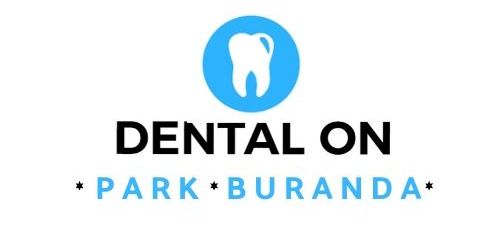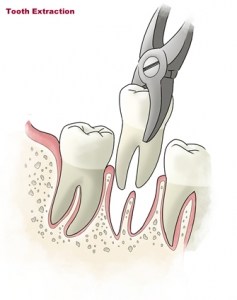Are you experiencing pain after having a tooth extracted ?
Have you ever wondered what happens after a tooth extraction? How the gum heals afterwards ? How the gap closes ?
Normally, a tooth is removed because it is decayed, fractured or split and causing pain. Once it has been removed, the gum at the extraction site will feel tender and sore. Over the course of a few days – 3 weeks, the pain will completely disappear. Everyones body heals differently so pain varies person to person but is also dependant on the difficulty of the extraction.
However if the pain starts to intensify 2-3 days after the tooth has been extracted, then you ar elikeley to suufer from a dry socket. How annoying!
So what causes a dry socket? Normally, when the tooth is removed, a blood clot forms at the extraction site which helps the gum start healing. It works in the same way as when a cut scabs over – the scab helps it to dry out and protects it from further infection. Sometimes, however, the blood clot can dissolve or become dislodged. This means that the extraction site does not heal as quickly as it should and this is what is called a ‘dry socket’. Once again, a parallel can be drawn with wounds, cuts and scrapes. If the scab is removed, then the cut is opened up again and takes longer to heal.
When a patient suffers from a dry socket, the pain does not gradually disappear. Instead, it gradually intensifies. Other symptoms can be bad breath resulting from an odour coming from the extraction site, as well as a bad taste in the mouth. Usually, these symptoms are very apparent around a week after the tooth was initially extracted. The pain can be intense. Often, the pain does not simply emanate from the extraction site but feels as though it is consuming an entire side of your face. Patients have reported feeling pain in their eye and ear, which has been attributed to the presence of a dry socket.
Nobody knows exactly why dry sockets form or how we can stop them. However, research has shown that there are a number of risk factors that seem to contribute to the development of dry sockets making some patients more susceptible than others. Females or smokers being one of those patients more prone to dry sockets, as are impacted wisdom teeth. In fact about 20% of dry sockets are from impacted wisdom teeth.
Other reasons that people get a dry socket is if they do not follow their dentists instructions after their extraction. So your dentist will recommend that you avoid vigorous brushing or using a mouthwash. You must also be careful what you eat a drink. Hot drinks such as coffee and hot soups should also be avoided.
There is also evidence to suggest that dry sockets are more likely to form after a traumatic tooth extraction. Dental experts believe that this is because of the tissue damage caused. When the tissue is damaged, it releases chemical compounds which delay the formation of the blood clot. So difficult extractions are more prone to dry sockets. One reason not to put off your extraction as it will only get more difficult for your dentist with time as less tooth will be available to grip on to , while extracting the tooth.
So what should you do is you start experiencing pain after tooth extractions ?
Return to your dentist so that they can take a look at the affected area. The best treatment is usually a combination of pain relief tablets and a medicated dressing in the extraction site. This allows the healing process to continue. The dressing may need to be changed regularly so as to control the pain. Dry socket pain typically subsides within 10 days and the extraction site will then continue to heal as per normal.

